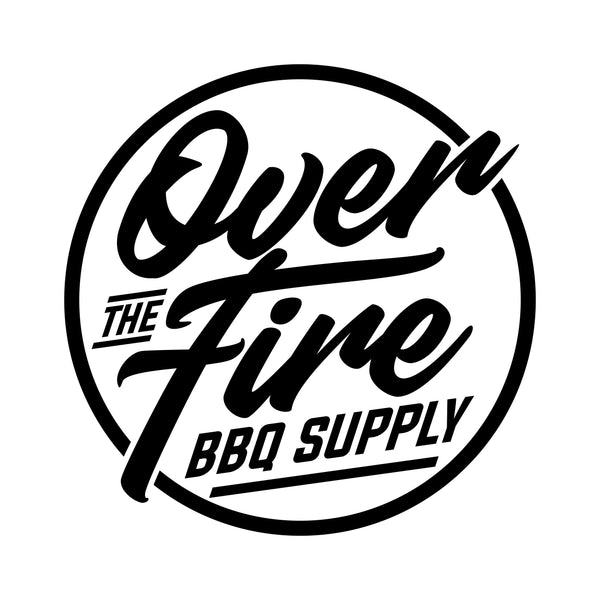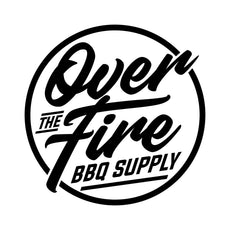Are Outdoor Refrigerators Worth It?

If you’ve put time, money, and heart into building an outdoor kitchen, there’s one piece of equipment that often gets overlooked: the refrigerator. So let’s address the question a lot of backyard chefs ask—is an outdoor refrigerator actually worth it? Short answer: yes. Long answer? Let’s dig in.
Why Not Just Use a Regular Indoor Refrigerator Outside?
It’s a fair question. A regular fridge costs less and technically does the same thing, right? Not exactly. Indoor units aren’t made to handle heat, humidity, or unpredictable weather. The seals wear out fast, the compressor gets overworked, and suddenly your fridge becomes a very expensive storage cabinet.
What Makes an Outdoor Refrigerator Different?
An outdoor refrigerator is designed from the inside out to survive the elements. We’re talking about stronger insulation, better weather seals, stainless steel exteriors, and compressors built to maintain a consistent temperature even when the outside hits 100°F+. It’s not just about cooling—it’s about cooling reliably in rough conditions.
Common Questions, Answered
How hot is too hot for a refrigerator outside?
Most indoor fridges struggle once temps get over 90°F. Outdoor refrigerators are rated to handle temps above 100°F—essential in places like Phoenix or Las Vegas.
Will a regular refrigerator work in a covered patio?
It might… for a while. But even in shade, outdoor humidity and temperature swings wear out the components quickly. Covered doesn’t mean climate-controlled.
Are outdoor fridges noisy?
Surprisingly no. Most premium outdoor units have whisper-quiet operation, even with beefed-up compressors.
How long do outdoor refrigerators usually last?
With proper care? 10 to 15 years. That’s a solid run—especially compared to the 2 to 4 years you’ll get if you misuse an indoor unit outside.
Side-by-Side Comparison Outdoor vs Indoor
| Feature | Outdoor Refrigerator | Indoor Refrigerator (Used Outside) |
|---|---|---|
| Cooling Performance | Keeps temp stable in 100°F+ heat | Struggles in heat, shuts off or overworks |
| Construction Material | 304 or 316 stainless steel, weatherproof seals | Standard metal or plastic; not UV or weather-resistant |
| Energy Efficiency | Optimized to cycle less even in hot climates | Runs constantly, leading to higher bills and burnout |
| Warranty | Includes outdoor use | Usually voided if used outside |
| Lifespan | 10–15 years with regular use | 2–4 years max (if not sooner) |
| Cost | $1,500–$5,000 depending on size/brand | $800–$1,500, but short lifespan and damage costs more in the long run |
Top Outdoor Refrigerators We Recommend
Here are outdoor refrigerators available now on OverTheFireBBQ.com that are built to last:
Coyote 24″ Outdoor Refrigerator (C1BIR24)
- UL-certified for outdoor use
- Stainless steel, front vented
- Adjustable shelves and internal lighting
- Ideal for built-in or freestanding installations
Artisan 24″ Outdoor Refrigerator (ART-BC24)
- 5.2 cu. ft. storage
- Adjustable digital temperature control
- Reversible door, sealed back design
- Matches Artisan built-in components perfectly
Dometic D-Series 24″ Outdoor Refrigerator (D24RF)
- Large internal space with adjustable shelving
- LED lighting and digital control panel
- Works in temps up to 109°F
WildFire 24″ Outdoor Refrigerator With Black Sleeve
- Built-in ready with sleek black finish
- Stainless interior with soft-close shelves
- Reversible door and energy-efficient compressor
A Smart Investment for Outdoor Kitchens / BBQs
If you live somewhere hot (like Arizona, Nevada, Texas), an outdoor refrigerator is not just a nice-to-have—it’s a necessity. You’ll avoid spoiled food, melted drinks, and busted appliances. More importantly, you’ll avoid the headaches and hidden costs that come from using the wrong appliance in the wrong environment.
The right outdoor fridge saves you energy, extends your entertaining power, and fits seamlessly into a quality outdoor kitchen setup. Whether you're planning to host weekend cookouts, chill after a long day, or just avoid running back and forth into the house—this is one upgrade that pays off.

